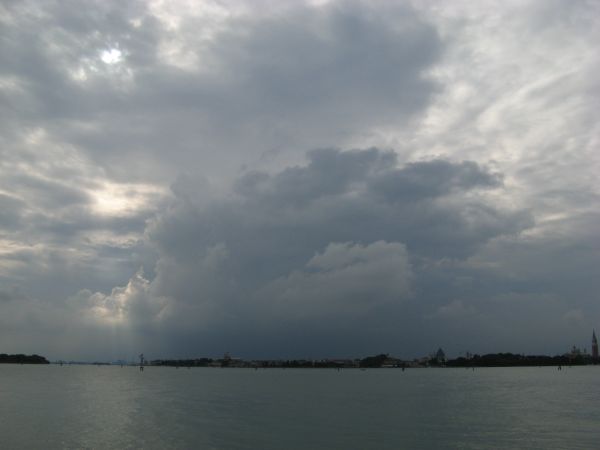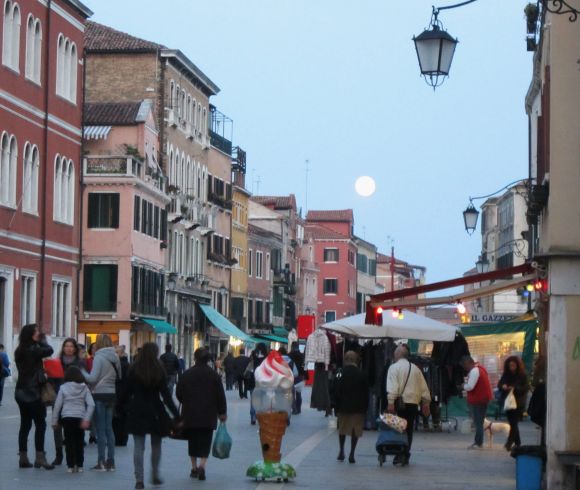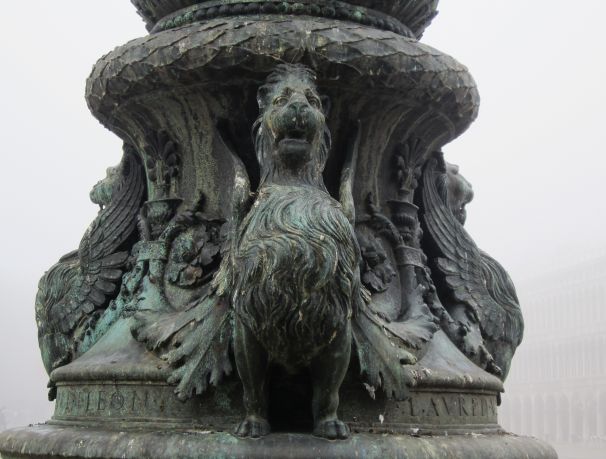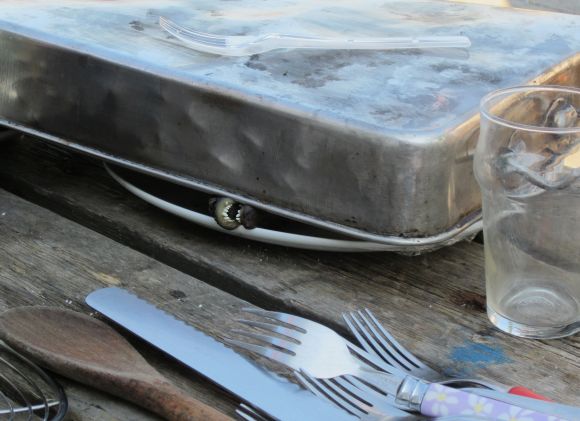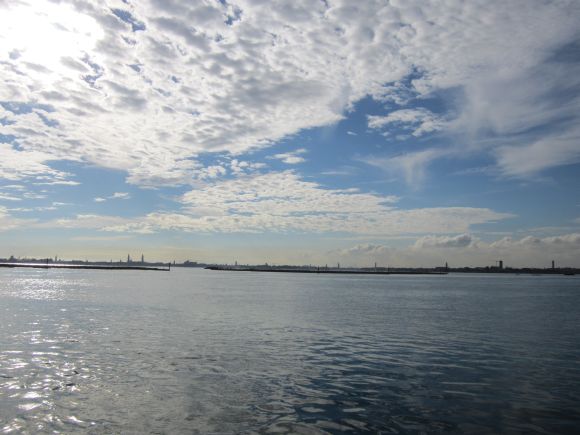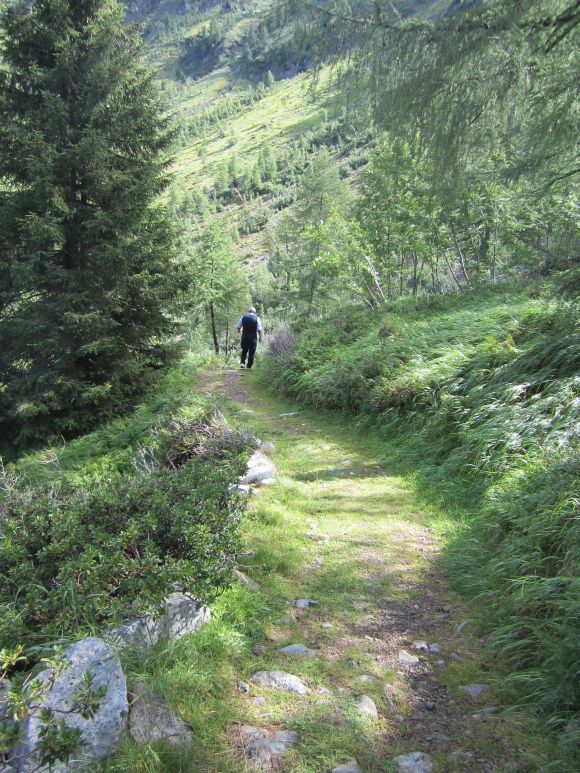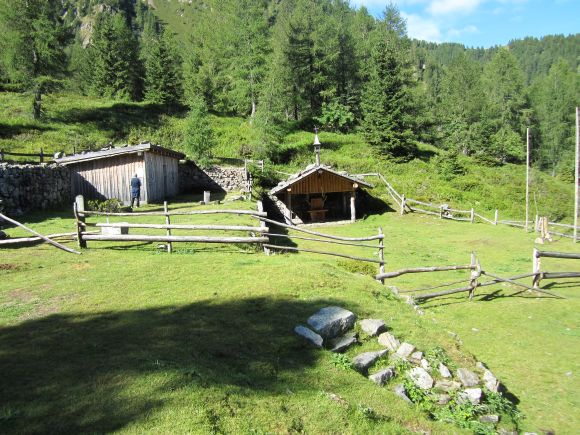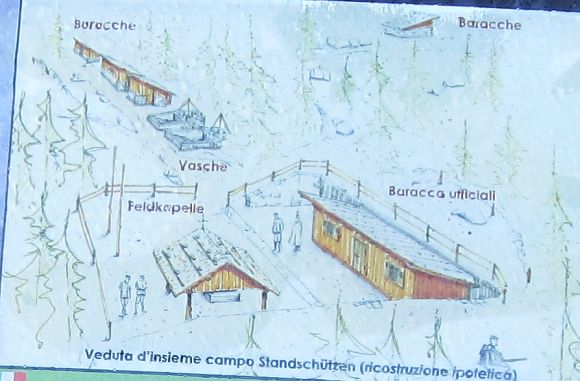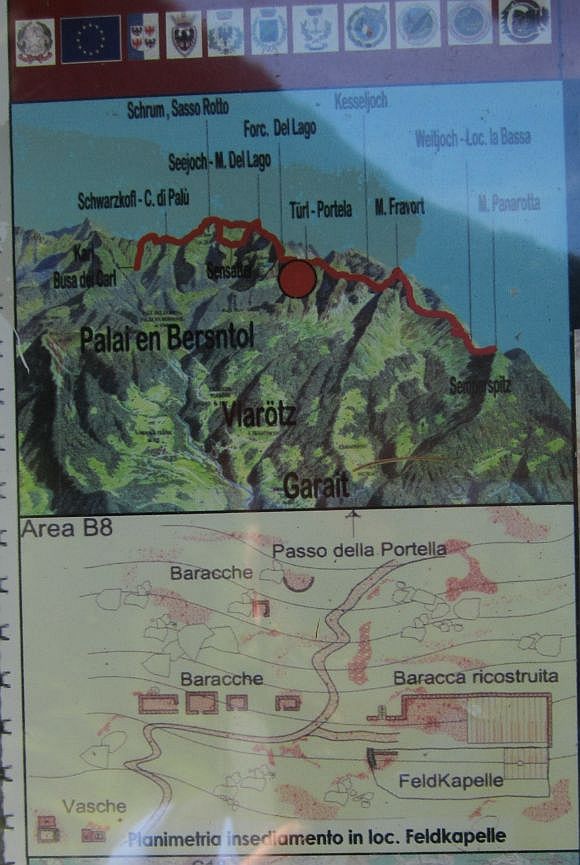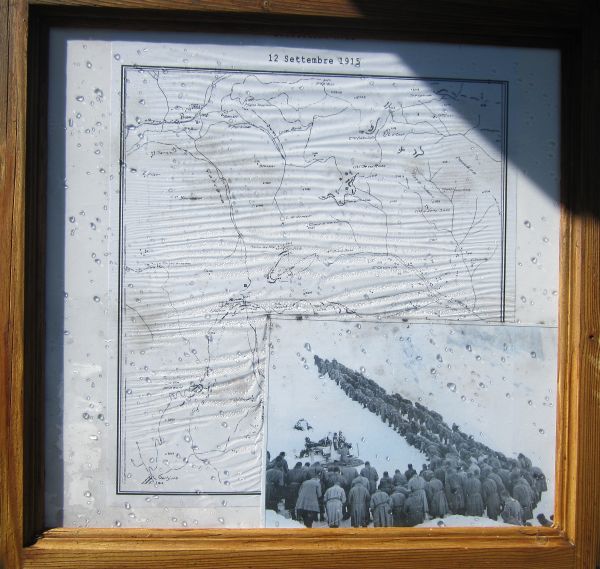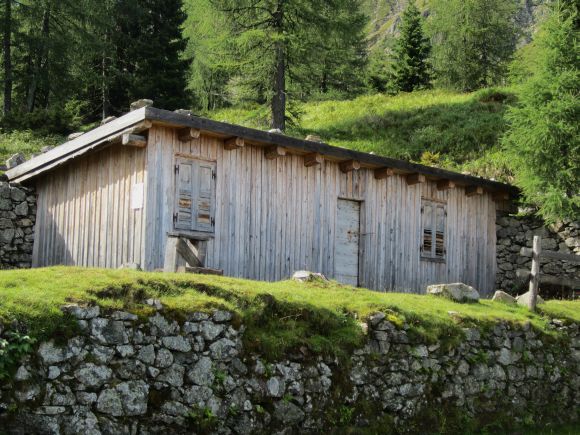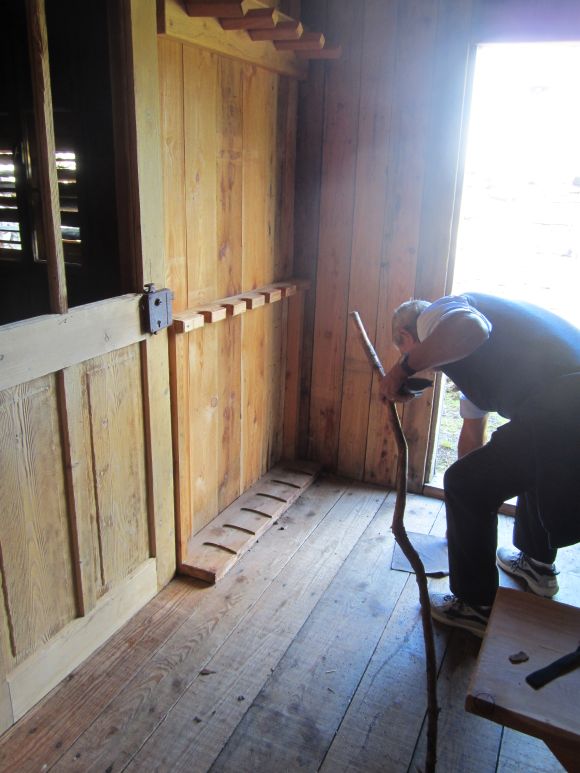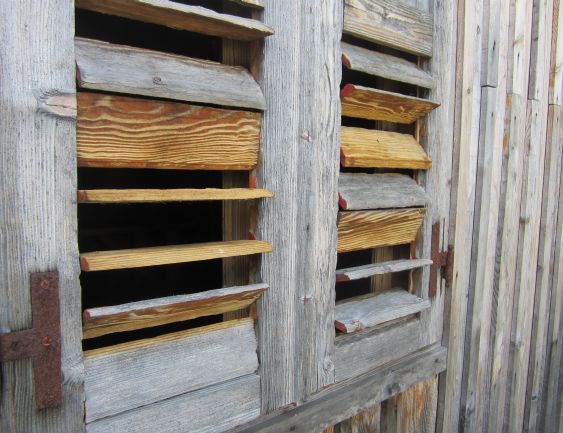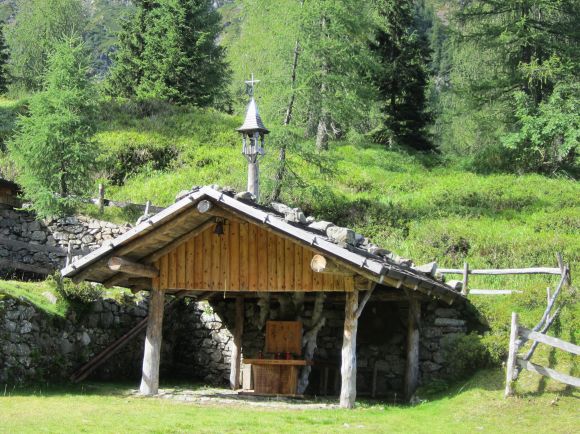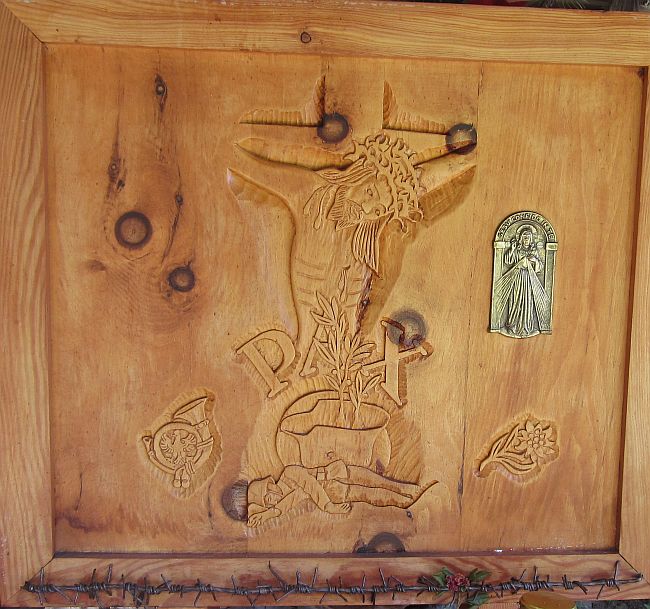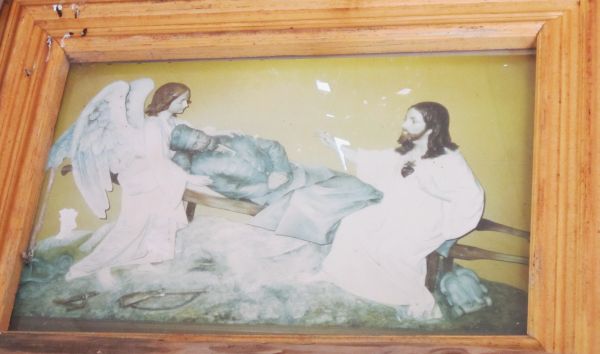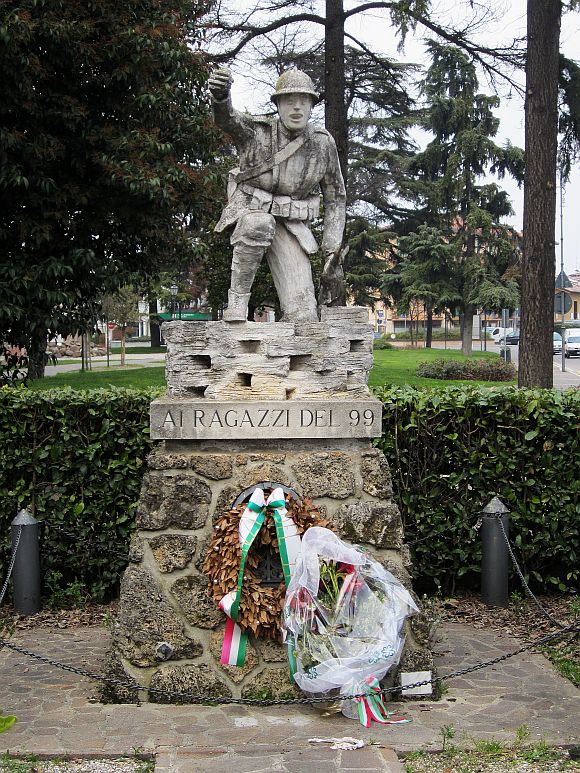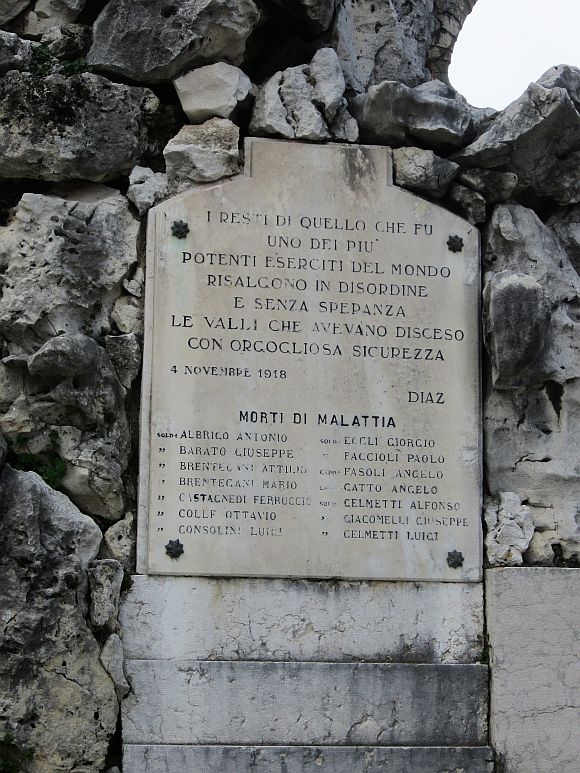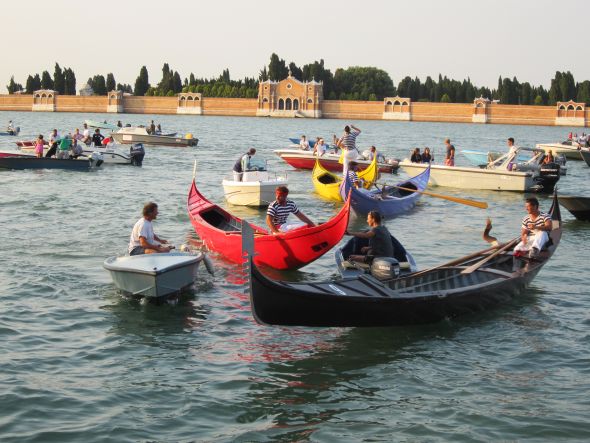
I know that many people have a passion for cemeteries, their gravestones, their curious names and dates, and their general atmosphere of composure and calm.
But the customary calm at the cemetery on the island of San Michele here has been rattled in the past week or so by a very disagreeable discovery, and it doesn’t have to do with the dead, but the living. And the fact that they have taken up housekeeping together.
Because it’s one thing to visit the cemetery to bring flowers to your defunct relatives, or for a brief meander, and another to rent a cheap room in what was part of the old monastery.
Room? A room with a view of a tomb? The first the city heard of it was via the Gazzettino and the Nuova Venezia; the headline on the hoarding essentially said “Now there are tourists even in the cemetery.” The power of this phrase lies secondarily in the word “cemetery” and primarily in the word “tourist.” Neither is a noun that inspires much of a smile on Venetian lips, and the combination produced a city-wide snarl.
The snarl soon became garnished with sneers, because the truth did come out, and a tiresome little truth it was, too. Remember Zwingle’s Eighth Law? “Everything is fine until it’s not.” Or one could put it this way: “We’ll do what we want until we get caught.” Gosh, it even rhymes.
These tourists were not sleeping on the slabs, but in the former monastery’s infirmary, which the city had made available to the Danish Committee for Venice (Comitato pro Venezia Danimarca) via a free 30-year concession. The Committee wanted to create (fund, establish) a Danish Cultural Center, and in exchange, agreed to restore the wing of the late Franciscan friary at its own expense.
They got the Center going pretty quickly, which is where the tourists come in, who were supposedly scholars and intellectuals and art lovers and others with an evolved attitude toward Venice, but who could also be anybody who joined the Friends of the Danish House.
Thus tourists have been enjoying this facility for the past two years. Perhaps more; I haven’t been able to locate a specific number yet. But it’s been long enough for the drivers of the vaporettos going to and from Murano to get used to stopping at the cemetery, even in the evening, to let people with suitcases on or off. For 200 euros a week — not a typo, and not made up — you can believe there was no lack of travelers checking in, with keys, no less, after the cemetery had closed.
Let’s say that the idea of sleeping in the graveyard doesn’t offend you; after all, it”s not as if skeletons are going to be taking out the trash.
But a lot of people here have been offended by what they regard as lack of respect. And most people anywhere would probably agree that it’s offensive that nine years have passed since the deal was struck, and the restoration still has not begun, while in the meantime the Danes have been operating this lodging which was never mentioned or even hinted at when they got permission to set up their Cultural Center.
A closer look at the legal document also reveals that the city granted the Danish Committee this free concession for 30 years “to be counted as beginning when the work of restoration begins.” So we’re already slightly out of sync here.
Nor is it clear whether the Danes were to be allowed to create their Center before the restoration work had been finished. Or at least begun.
When all this began to come to light — on All Souls Day, the day on which hundreds of Venetians go to the cemetery to visit their departed relatives — the citizens were galvanized. All those supposedly apathetic Venetians who have more or less accepted that they are inaudible and invisible suddenly spoke with one voice, and that voice said “No!”
A petition sprang up on the Fondamente Nuove, where the vaporettos leave for the cemetery, demanding that this wildcat bed and breakfast be closed immediately.
Venetians were signing it. Tourists were signing it. Even Danish tourists were signing it. The petition has reached some 2,000 names.
“By opening a guesthouse,” said Roberto Monegato, who is one of the founders of the petition,”the Danish have violated seven articles of the regulations of the cemetery. Furthermore, the convention was signed nine years ago; the property was given in concession in order that restoration would be made, but till now nothing has been done.”
A week of ire was spent in dealing with all this, during which the thoughts of assorted residents, some city councilors and even the vice-mayor were all amply aired. The letters to the editors were all of one opinion: Shame!
Nobody spoke up to defend the Danes — not even the Danes themselves. Silence reigned; one might almost say the silence of a cemetery.
However, the Committee for Venice (which had been shown to be essentially the Committee for the Danes), has now closed the hostel and is preparing to begin work on the promised restoration.
There. That wasn’t so hard, was it?

